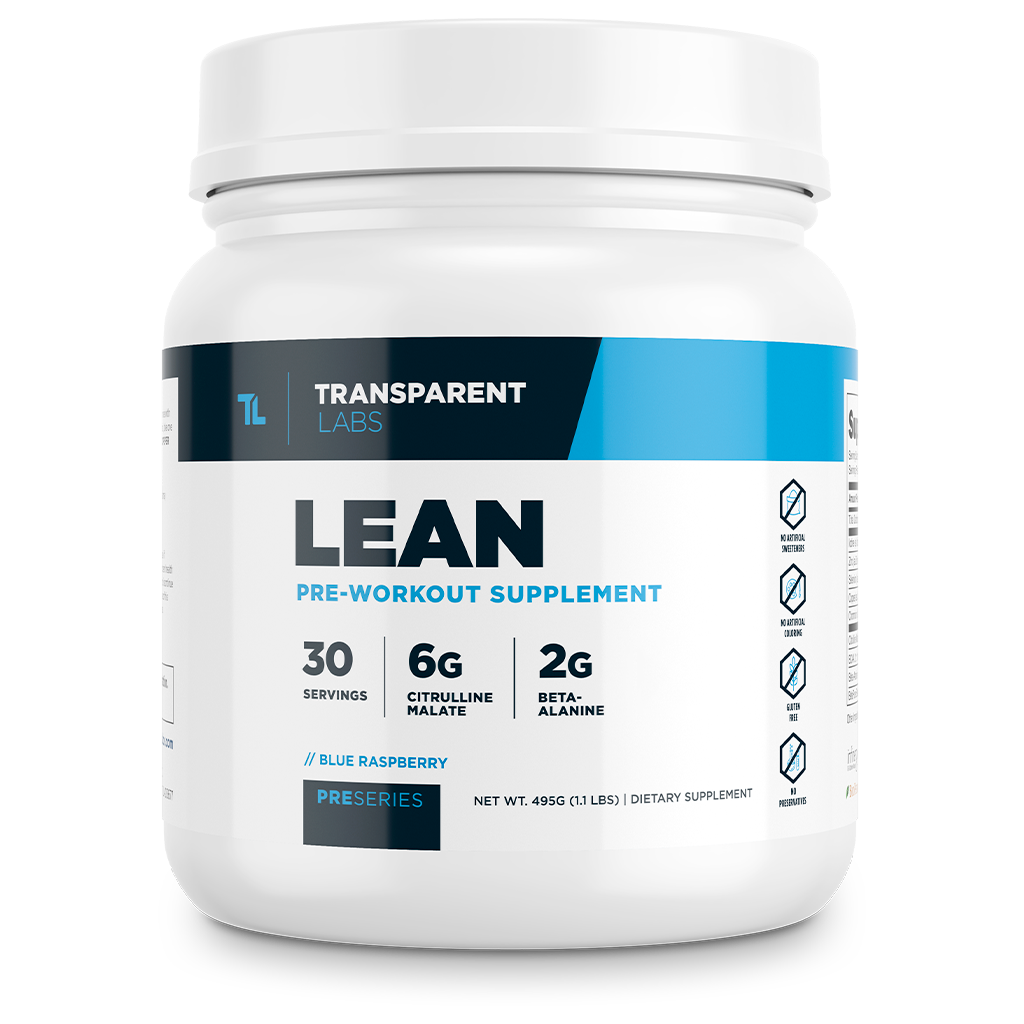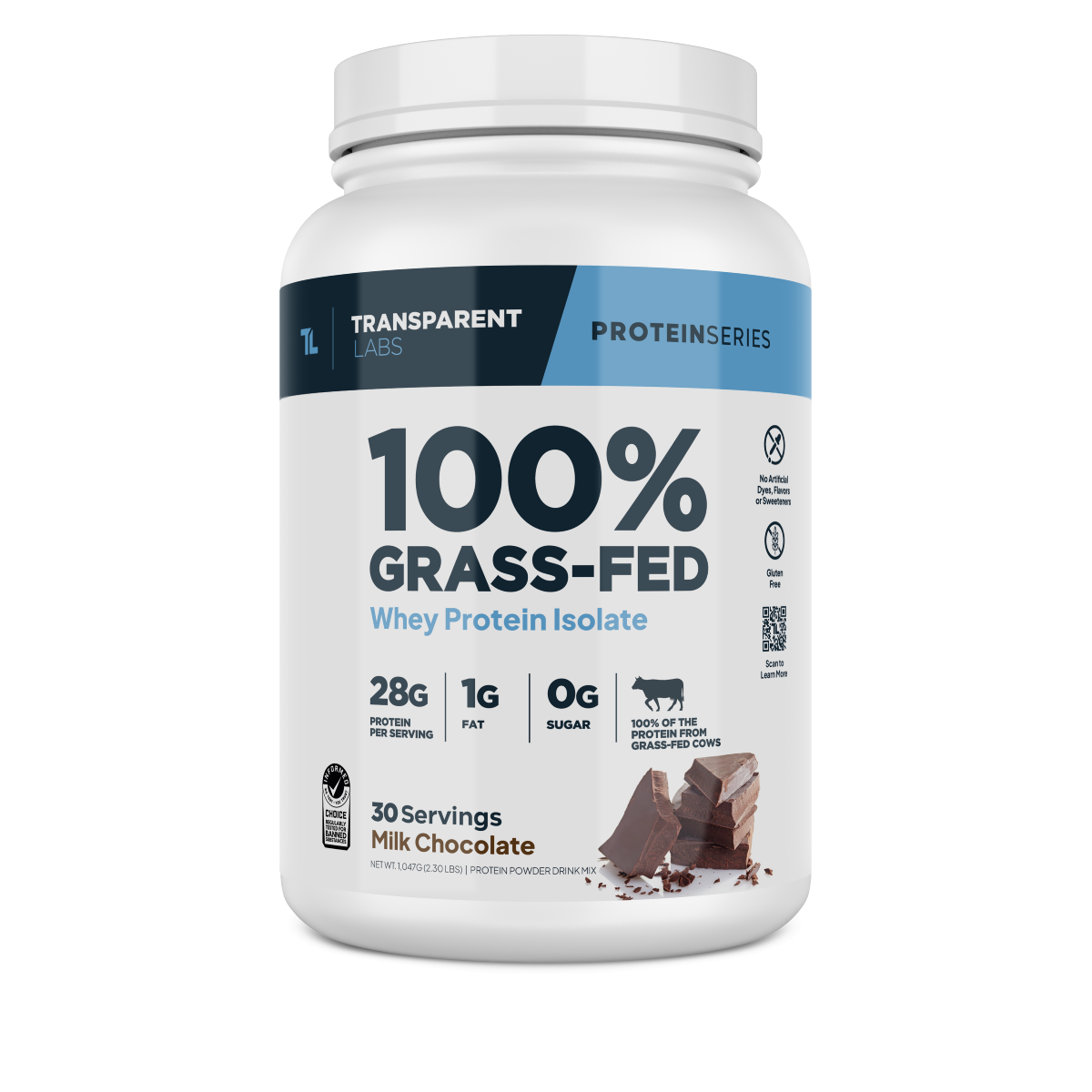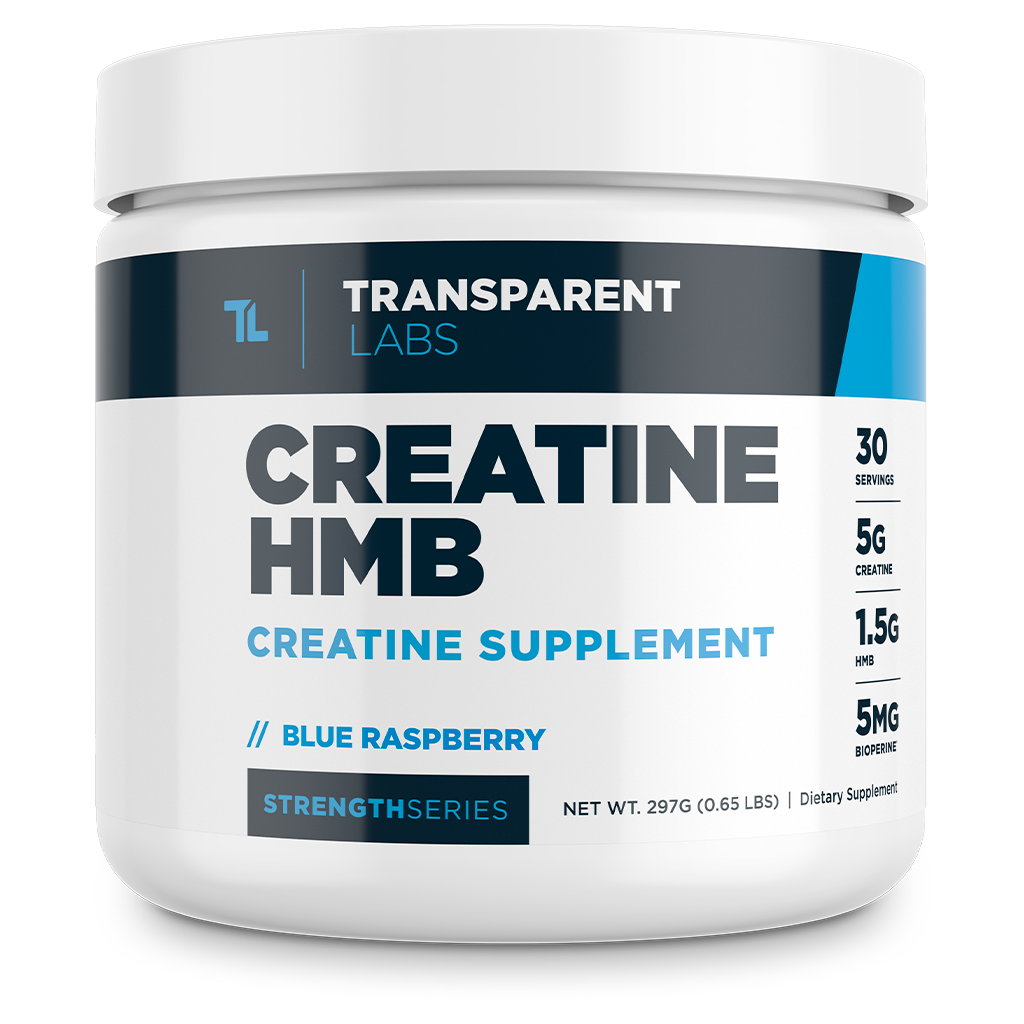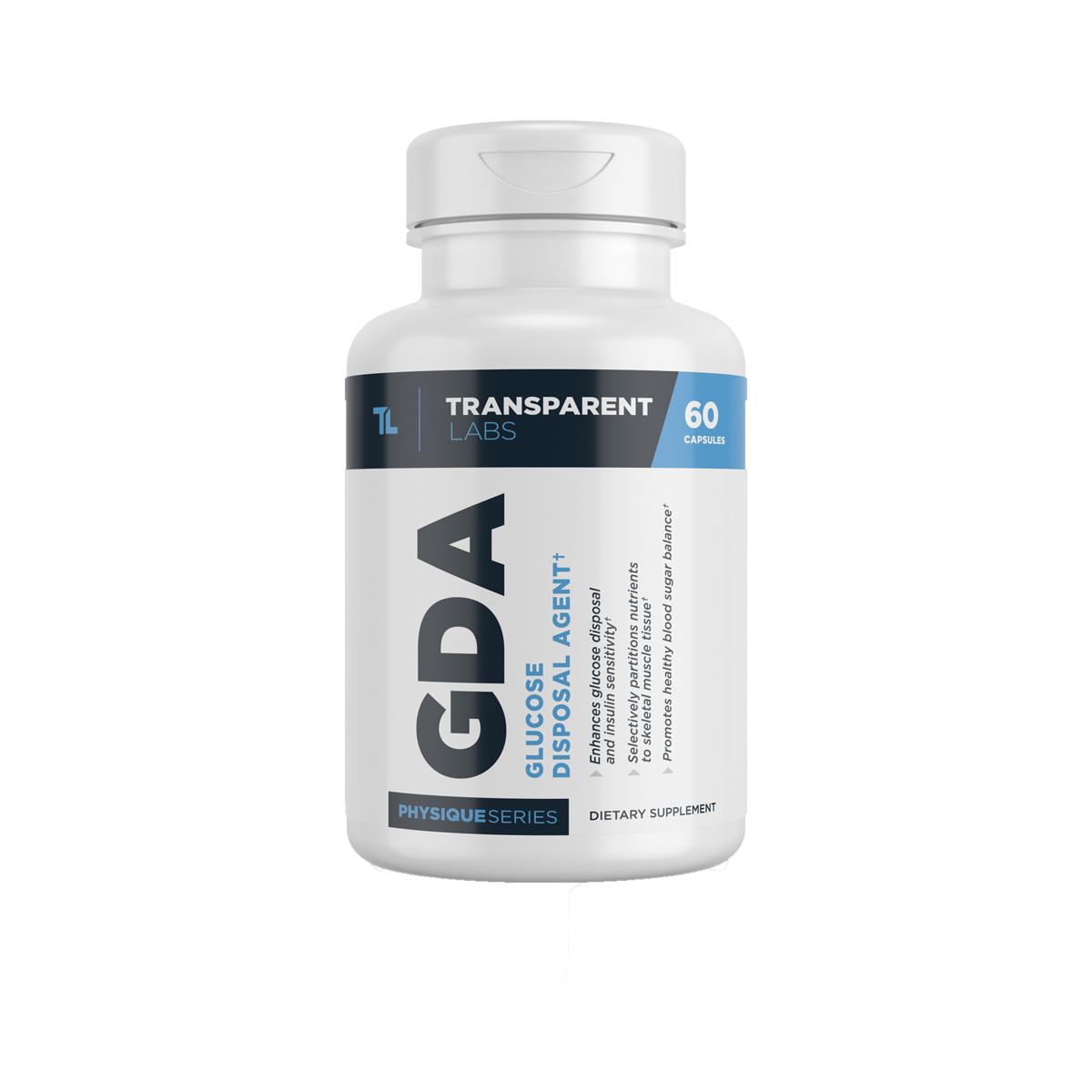Caffeine Anhydrous vs. Caffeine: Explained by a Scientist

What is Caffeine Anhydrous?
In recent years, an inordinate amount of "energy drinks" have cropped up in convenience stores and supermarkets across the globe, all of which are fueled by the adrenaline-inducing nootropic we know as caffeine. Sure enough, caffeine is the most widely consumed stimulant in the world, being a major constituent of coffee beans and various tea leaves (1).
You may notice that some sports supplements, particularly pre-workouts, often contain the ingredient "caffeine anhydrous." But what is caffeine anhydrous, exactly? Is it the same as the caffeine in coffee?
What exactly is caffeine anhydrous? Well, it's essentially caffeine extracted from the same plants as regular caffeine but with an added twist. All excess chemical components and water are meticulously filtered in the lab, resulting in a purer and more potent form of caffeine.
Moreover, how long does caffeine stay in your system? How much caffeine is too much?
This guide will show you how caffeine works and set the record straight on these common questions.
Caffeine Anhydrous vs. Caffeine in Coffee
The term "anhydrous" is chemistry lingo for "without water."
So, caffeine anhydrous is essentially "dehydrated caffeine." Since caffeine is water-soluble and abundant in certain plants and seeds, especially coffee beans and tea leaves, it naturally exists in liquid phases.
During the caffeine extraction process, it is dehydrated to remove the water content. This yields a highly concentrated caffeine powder, and voila! You have caffeine anhydrous.
The important thing to grasp is that caffeine anhydrous is the same as "natural caffeine." Caffeine is a discrete chemical — dehydrating it doesn't change how it works in the body. It might help to think of caffeine anhydrous as "caffeine powder" made from natural caffeine.
You might find it surprising that caffeine anhydrous is more effective than drinking caffeine from coffee, particularly for athletic performance (2). It’s not entirely clear why this is, but it’s plausible that other compounds in coffee render the caffeine less effective.
How Does Caffeine Work?

Caffeine — or 1,3,7-trimethylxanthine, for the organic chemists out there — is a naturally occurring, alkaline substance that belongs to a group of compounds known as methylxanthines. Other lesser-known methylxanthines found in the typical human diet include theobromine and theophylline.
Your body — primarily the liver — actually metabolizes caffeine almost entirely to theobromine, paraxanthine, and theophylline (3). Hence, very little caffeine ever makes it into the urine.
These natural methylxanthines are all responsible, to varying degrees, for how caffeine works in the body. As you well know, caffeine is a potent stimulator of the central nervous system (CNS) that induces acute mood-lifting and vigilance-enhancing effects.
Physiologically, caffeine and its related methylxanthines act as adenosine receptor antagonists, as well as acetylcholinesterase (ACE) and phosphodiesterase (PDE) enzyme inhibitors (4).
In simpler terms, caffeine works primarily by binding enzymes and adenosine receptors, thereby blocking their actions. These are molecules that normally "put the brakes" on your CNS. Therefore, caffeine and other natural methylxanthines are "stimulants" since they speed up neural activity.
As far as your neurons can tell, caffeine is indistinguishable from the adenosine your body naturally produces on its own. Pretty neat, right? Caffeine is a master of disguise!
Effects of Caffeine
Your brain and spinal cord (i.e., CNS) are the quintessential command center of the rest of your body. For example, when your brain consciously tells your muscles to contract to lift a weight, neurons transmit the "input signal" to the designated muscles.
Electrochemical gradients, chemical messengers (neurotransmitters), and cell messengers govern these signals. Caffeine and related methylxanthines alter the way these gradients and messengers work to keep your neurons "excited."
The primary short-term effects of this are:
- Increasing resting heart rate
- Psychostimulation (i.e. feeling "wired")
- Constricting blood vessels
- Dilating the bronchioles
- Slightly increasing metabolic rate
- Increasing urine production and gastric motility
Most of the effects above are quite desirable for gym-goers and athletes alike. Next to creatine monohydrate, caffeine anhydrous is arguably one of the best ergogenic aids out there for aerobic and anaerobic exercise performance.
The main drawback of caffeine is that its vasoconstricting properties may diminish the vasodilatory actions of nitric oxide boosters like L-citrulline and L-arginine. If your goal is to get a solid muscle pump when lifting weights, keep the caffeine dose modest.
Furthermore, slamming an energy drink before a physical activity that requires precision and poise, such as a basketball game or round of golf, might not be ideal since high doses of caffeine can cause jitters and nervousness. Drinking too much caffeine will also have a diuretic effect, making it tougher to stay hydrated during long bouts of exercise.
The key message here is that you need to be methodical about when and how much caffeine you take, regardless if it's coming from coffee, a pre-workout supplement, or an energy drink.
Now, what happens after the effects of caffeine "kick in"? How long does caffeine stay in your system once it has worked its stimulating magic?
How Long Do the Effects of Caffeine Last?
When you consume caffeine orally (e.g., drinking coffee or an energy drink), it fully absorbs in about 20-40 minutes and reaches peak blood concentrations 30-90 minutes thereafter (5). Though, the rate of caffeine absorption can vary depending on your genetics, gender, tobacco and alcohol use, race, nutritional habits, and a range of other factors.
For example, people who drink a cup of coffee on an empty stomach may fully absorb the caffeine in just 15-20 minutes. The same goes for caffeine anhydrous in pre-workout powders.
Depending on how quickly or slowly you metabolize it, caffeine's stimulating effects may last for several hours.
Caffeine Sensitivity vs. Caffeine Tolerance
A recent meta-analysis of clinical trials and epidemiological studies suggests that people who drink at least three cups of coffee daily are likely to develop a tolerance to caffeine (6).
In other words, habitual coffee drinkers will become less sensitive to the effects of caffeine. On the contrary, someone with a high caffeine sensitivity only requires relatively small doses to elicit a significant physiological effect.
The higher your caffeine tolerance, the lower your caffeine sensitivity, and the larger the dose you need to achieve the desired effects. This is why caffeine dependency is a common adverse effect of drinking too much coffee. Trying to quit coffee cold turkey in such instances will undoubtedly lead to caffeine withdrawal.

Caffeine withdrawal symptoms are the inverse of the beneficial effects of caffeine; most people will feel drowsy, lethargic, mentally foggy, fatigued, and possibly dysphoric.
To avoid caffeine dependency and maintain caffeine sensitivity, it's wise to moderate your caffeine consumption daily. Taking days where you eschew all caffeine sources is prudent if you want to get the most out of this natural nootropic.
On that note, let's move onto the topic of how long caffeine stays in your body.
Caffeine Half-Life: How Long Does Caffeine Stay in Your System?
Caffeine's half-life is relatively short: 5-6 hours, on average (7). Essentially, your body eliminates about half of the caffeine in your system within six hours. However, this does not mean that at the 12-hour mark (two half-lives), all the caffeine in your body is gone.
Rather, a caffeine half-life of 5-6 hours means that half of the caffeine content in your body is eliminated every 5-6 hours. So, 12 hours after consuming caffeine, roughly 75% of it is out of your system; at the 18-hour mark, 87.5% is gone; so on and so forth.
Thus, it takes multiple half-lives before all the caffeine is out of your system. In any case, most caffeine will be out of your system about 24 hours after you consume it.
Remember, only a fraction of the caffeine you ingest will show up in the urine since the liver extensively metabolizes it. (Not that it really matters since caffeine isn't a doping agent in any major sport.)
How Much Caffeine Should You Take Before Working Out?
The dose-response relationship for caffeine is fairly conserved in a small range (8). In layman's terms, taking larger doses of caffeine won't translate to greater benefits; in fact, it just leads to more adverse effects that will detract from your performance and health.
Depending on your inherent caffeine sensitivity, research suggests that the optimal caffeine dosage before a workout is between 2-6 mg per kilogram of body weight (9). (Note: 1 kg = 2.2. lbs.) There is some research that shows men generally need a little more caffeine than women for optimal performance (10).
For instance, a 150-lb (70-kg) adult male might aim for 200-300 mg of caffeine prior to exercise, while an adult female of the same weight may fare better with 150-200 mg. Ultimately, trial and error will be necessary since caffeine sensitivity plays a big part in how much is optimal for you.
Err on the conservative side of the recommended caffeine dose range to start, then slowly increase the dose every day until you find a sweet-spot.
How Much Caffeine Per Day is Too Much?
Unless you're a 6'6" mountain of muscle, chances are you shouldn't be drinking much more than 400-500 mg of caffeine per day. Once you start flirting with 1,000+ mg of caffeine per day, you're putting yourself at risk of caffeine toxicity and pretty drastic health consequences.

There have been cases of caffeine being lethal at doses of just 50 mg per kg of body weight (11). To put it into perspective, that's 3,500 mg of caffeine — about ten energy drinks-worth — for a 150-lb adult. It might sound drastic for someone to consume that much caffeine, but some people are practically on an IV drip of energy-drink fluids, so it's not that unrealistic.
Recall from earlier that maintaining a high degree of caffeine sensitivity is favorable. As your caffeine tolerance increases, the amount of caffeine necessary to provoke a significant physiological response does as well.
If your caffeine tolerance is high enough, you can drink a pot of coffee and not feel stimulated at all. (Heck, you might just want to go to bed shortly after.)
A simple heuristic for determining how much caffeine per day is too much is drinking a cup (8 fl. oz) of coffee — equal to about 100 mg of caffeine — and seeing how you respond after 20-30 minutes. Do you feel overly jittery and anxious, or do you feel like you’re "dialed in" and more motivated?
If the benefits are evident and you don't notice much in the way of untoward effects, then you've found a sweet-spot for caffeine dose. If you don’t feel that extra “pep” in your step, drink another cup of coffee and assess your response.
Assuming you're not a habitual coffee drinker or someone who subsists on energy drinks, chances are your caffeine sensitivity is high, and 100-200 mg will be more than enough to get you going.
Those who have a high caffeine tolerance, on the flip side, may need a 300-500 mg dose of pure caffeine anhydrous to notice much of an effect. Should you reach a point where a 500+ mg dose doesn't produce desirable effects, consider tapering off caffeine (or quitting cold turkey if you can handle the withdrawal).
Frankly, 500 mg of caffeine anhydrous per day is typically enough to make most people bounce off the walls, if not experience delusions of grandeur.
Do the Benefits of Caffeine Outweigh the Risks?

If you're reconsidering supplementing with caffeine anhydrous after reading about all the drawbacks of caffeine withdrawal, know that the benefits of caffeine generally outweigh the possible side effects (especially if you're methodical about how you use it).
Like any chemical or substance that enters the body, the difference between medicine and poison is in the dose. Caffeine, particularly caffeine anhydrous, is an unequivocal performance-enhancer in the right amounts. It's also quite beneficial for general cognitive health and longevity (12).
Of course, there are always risks when taking a stimulant like caffeine. People with preexisting heart conditions, motor dysfunction, sleep disorders, and chronic tobacco users need to be especially careful about consuming caffeine. Pregnant and nursing women should also be mindful of caffeine use since it can be neurotoxic to the fetus/infant.
Nonetheless, healthy adults and active gym-goers certainly stand to benefit from caffeine, whether it comes from a cup of coffee or as caffeine anhydrous in a pre-workout supplement.
Transparent Labs PreSeries STIM BOOSTER provides a generous dose of naturally occurring caffeine (from green coffee bean extract) and synergistic focus-enhancers to keep you in the zone when you’re hoisting barbells and grinding out reps in the squat rack. Due to its acute stimulating properties, it's best to take STIM BOOSTER about 20-30 minutes before you start pumping some iron or whenever you need a clean, lasting pick-me-up.




